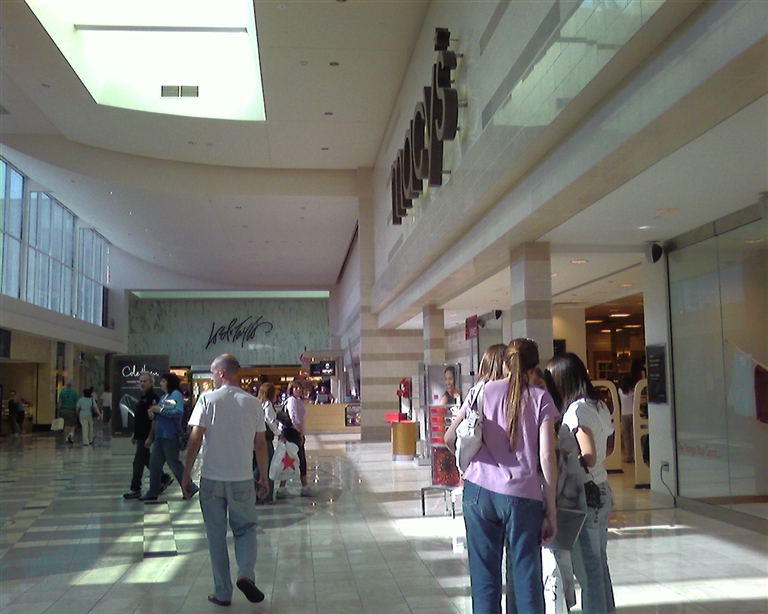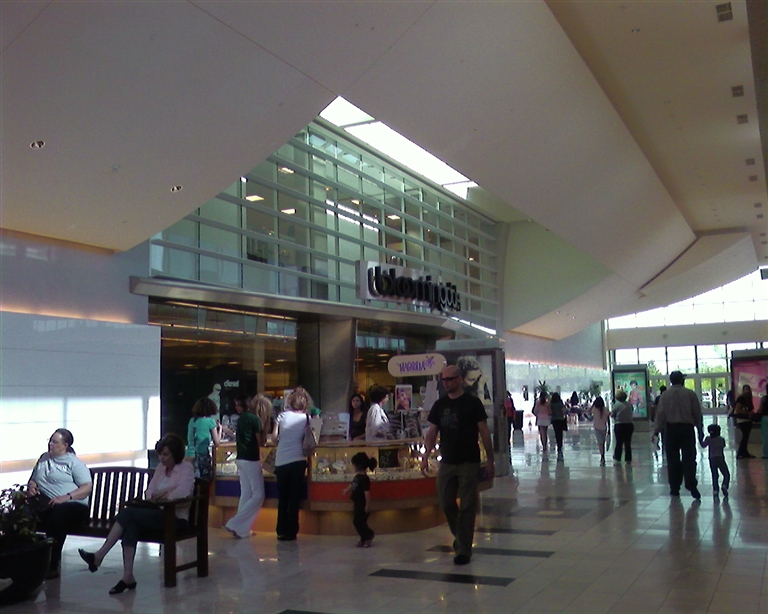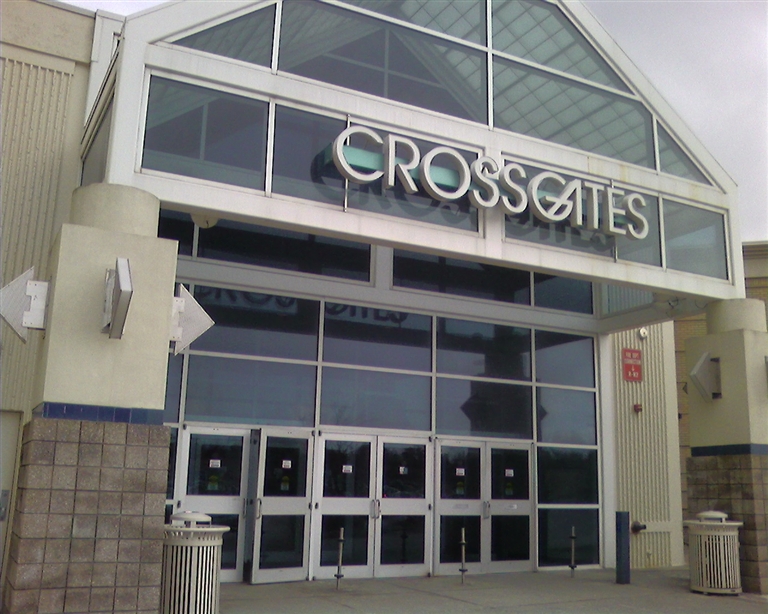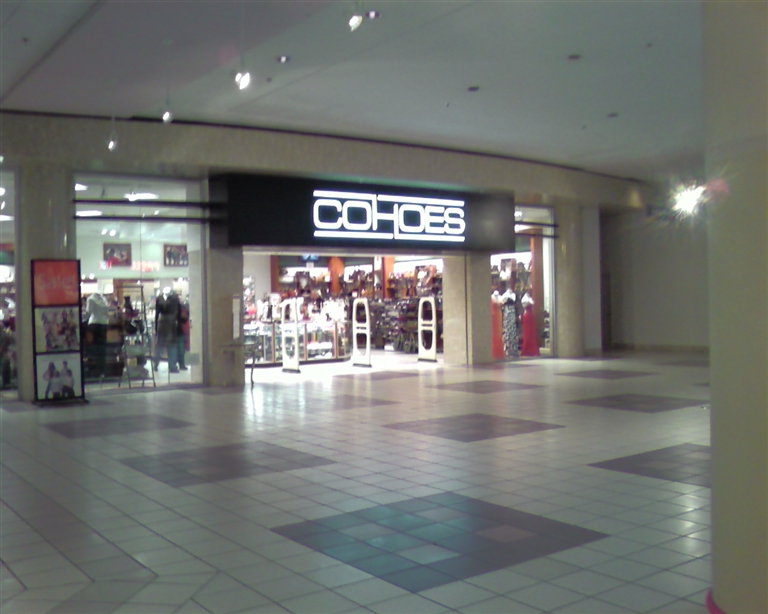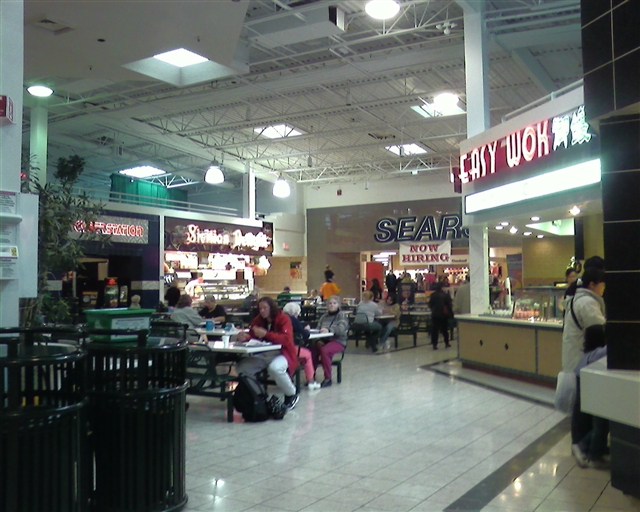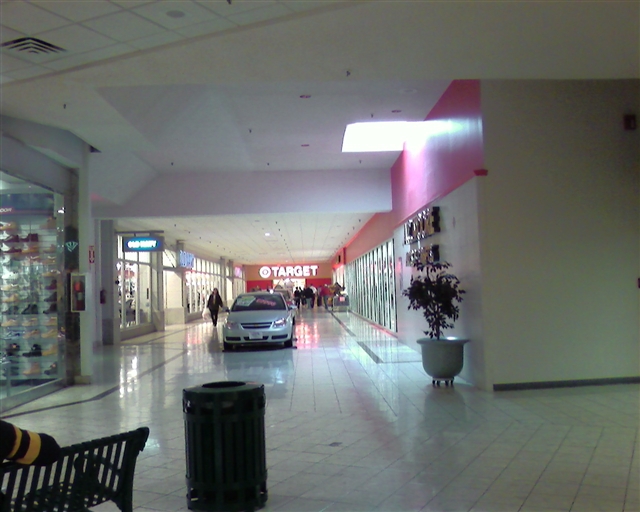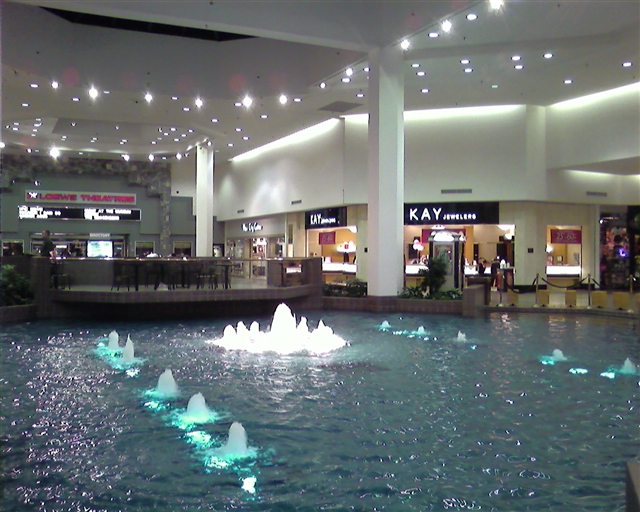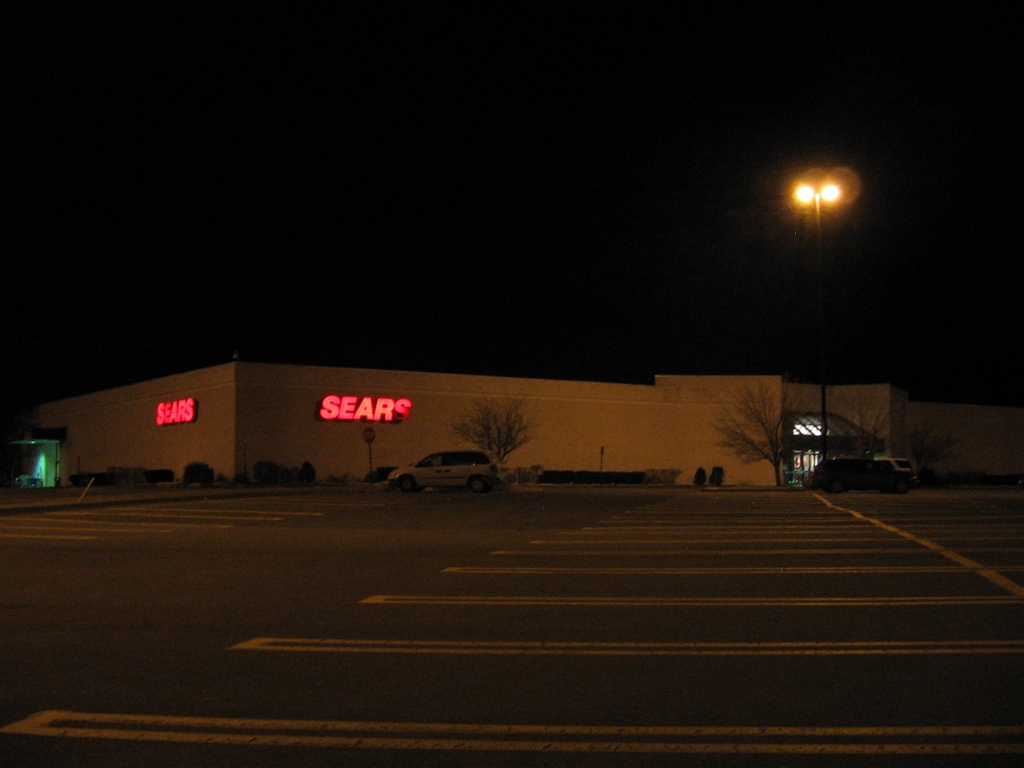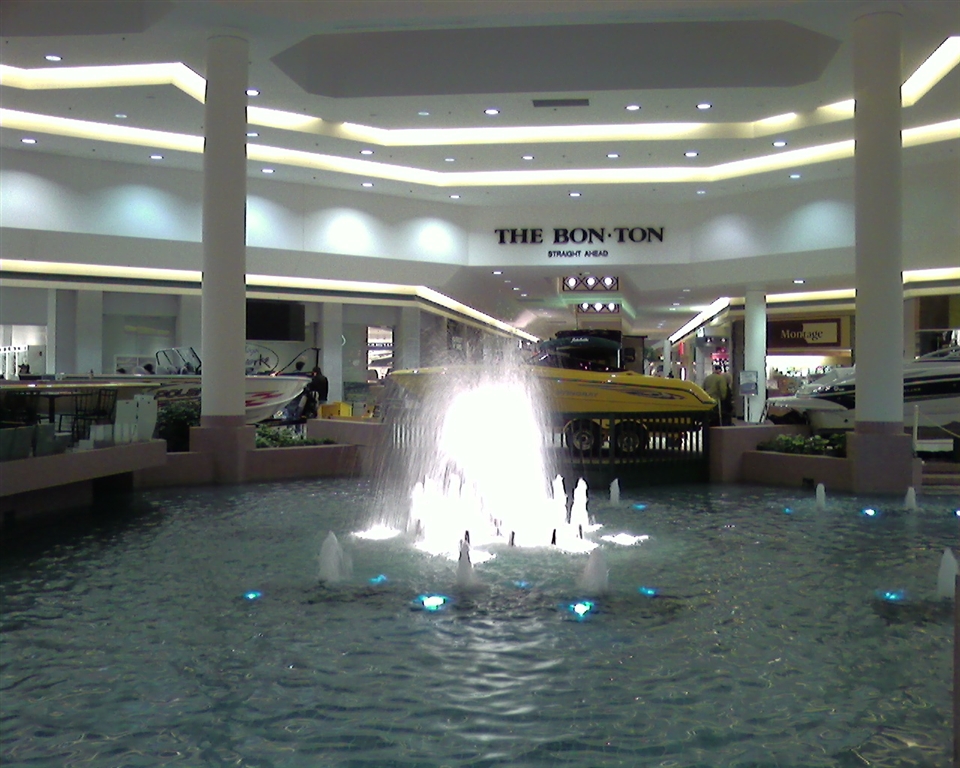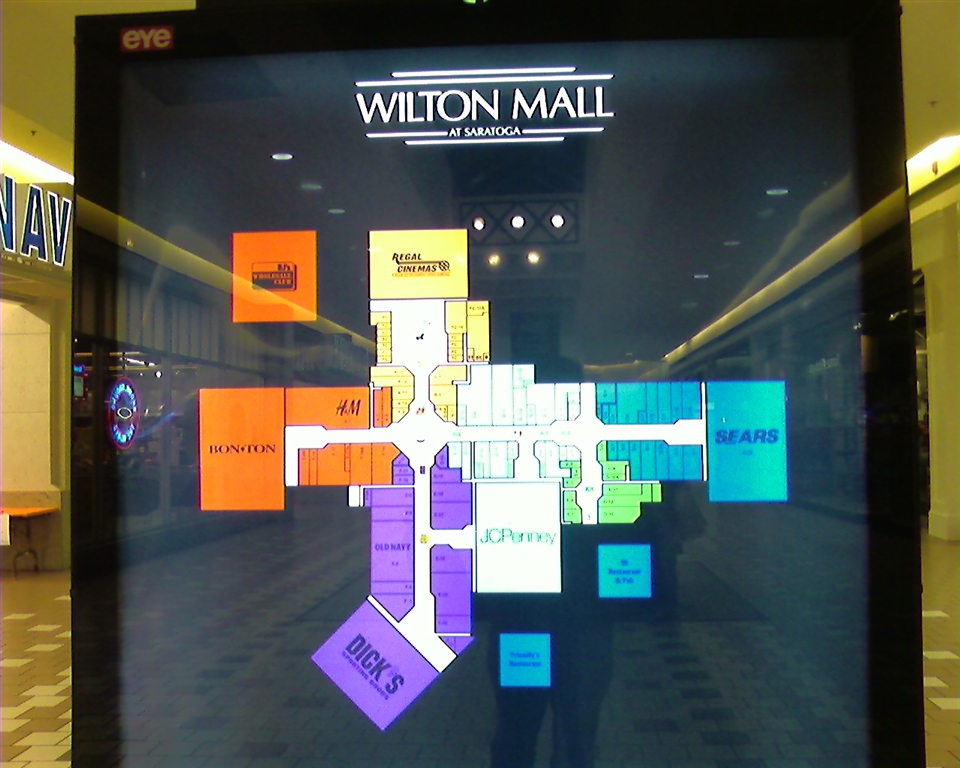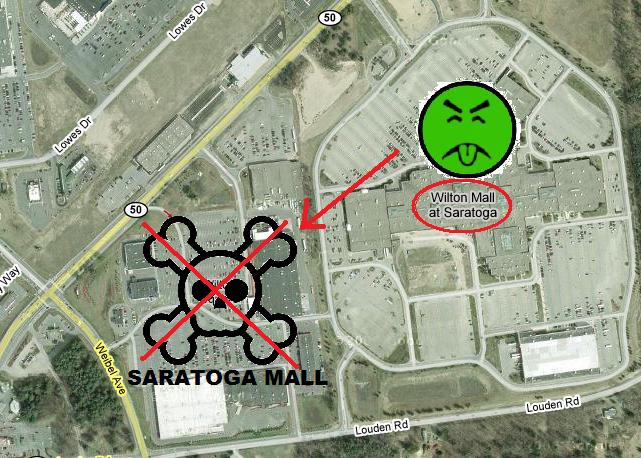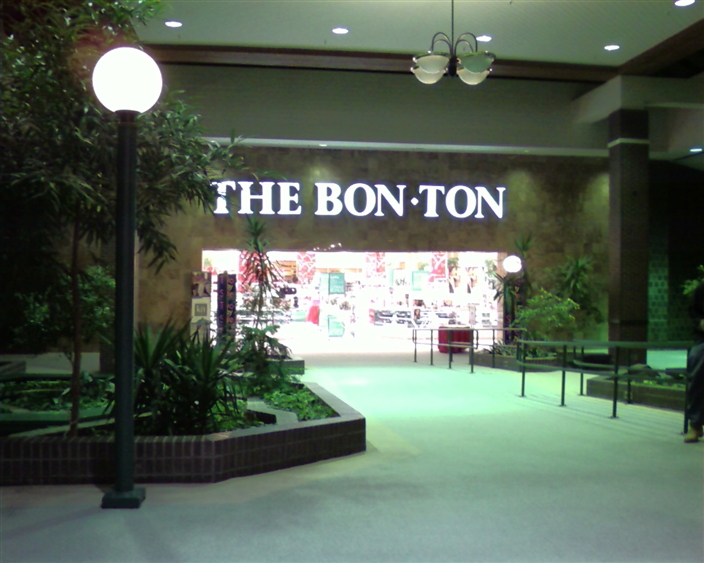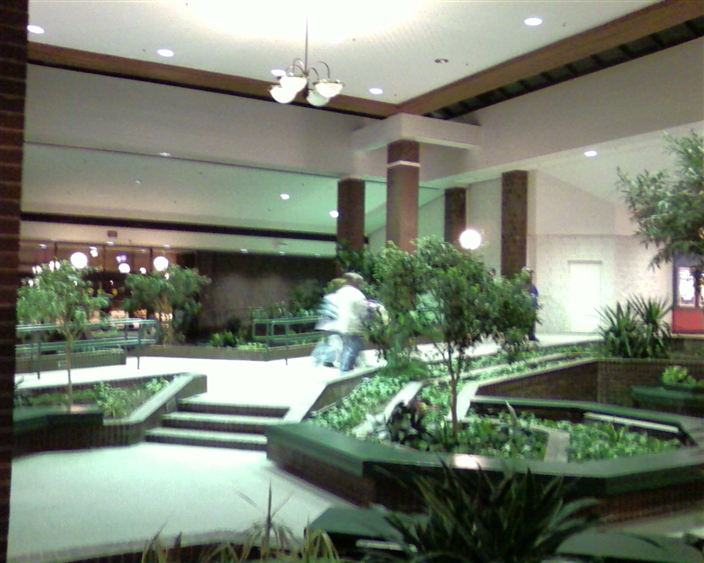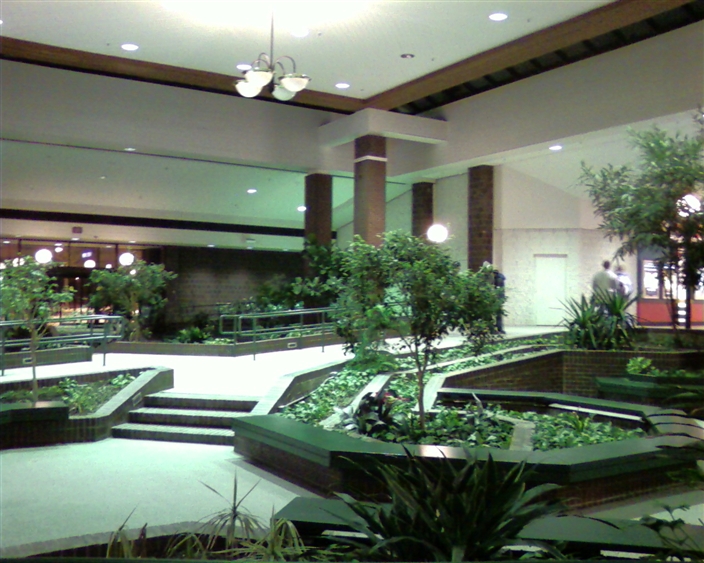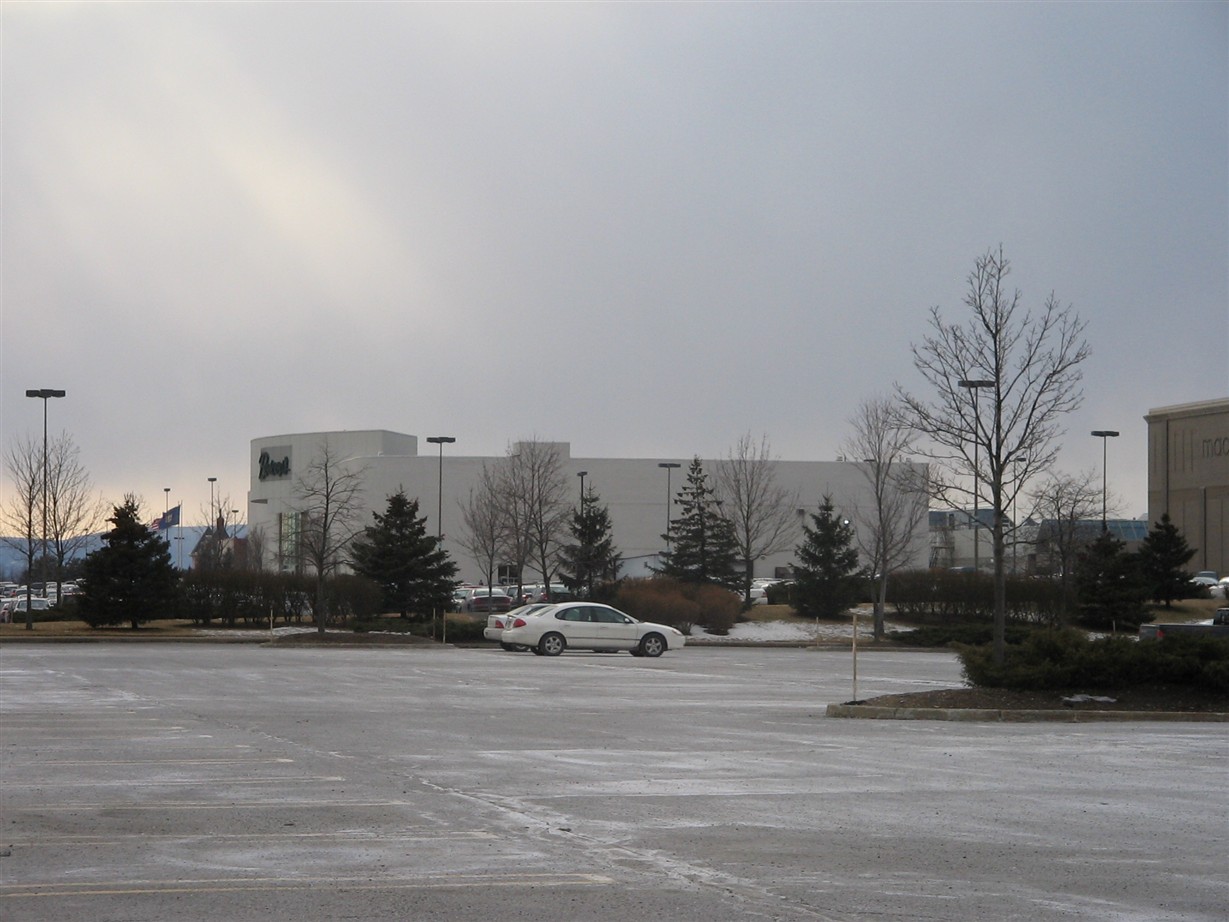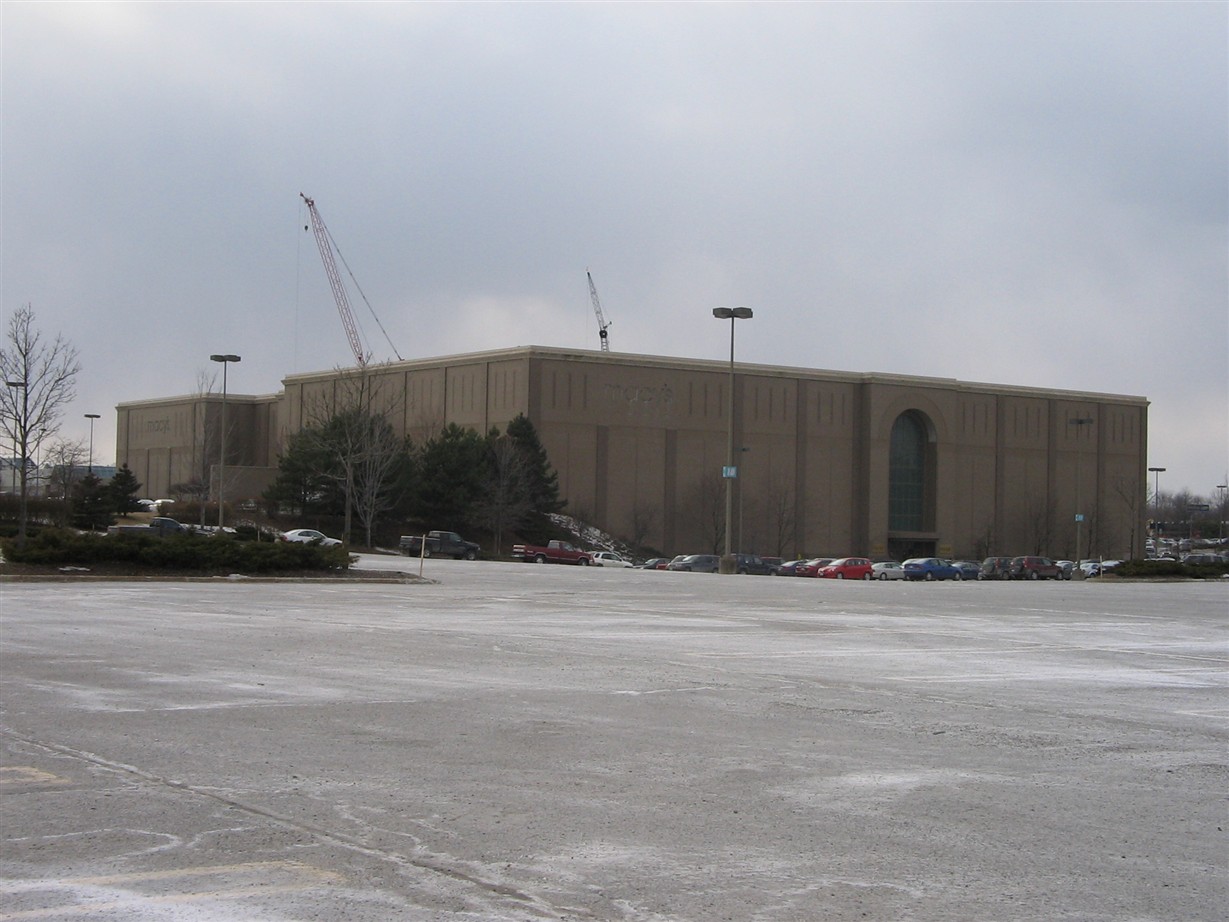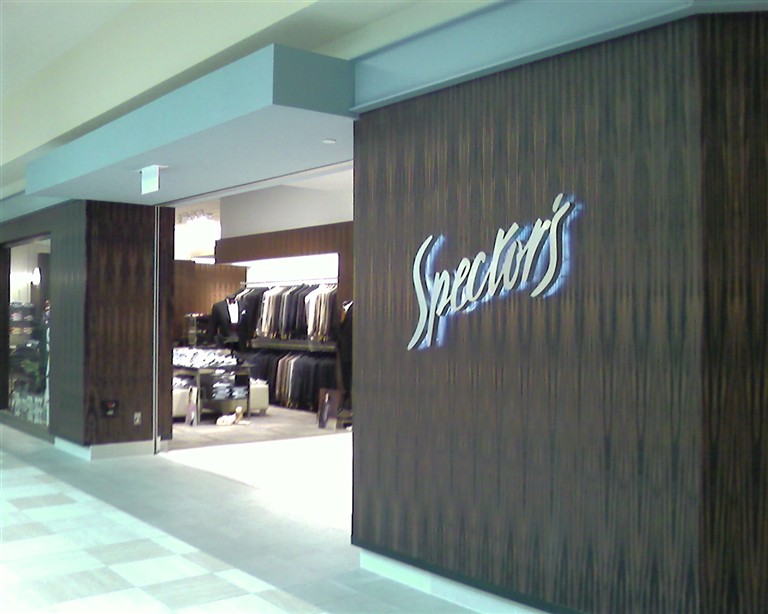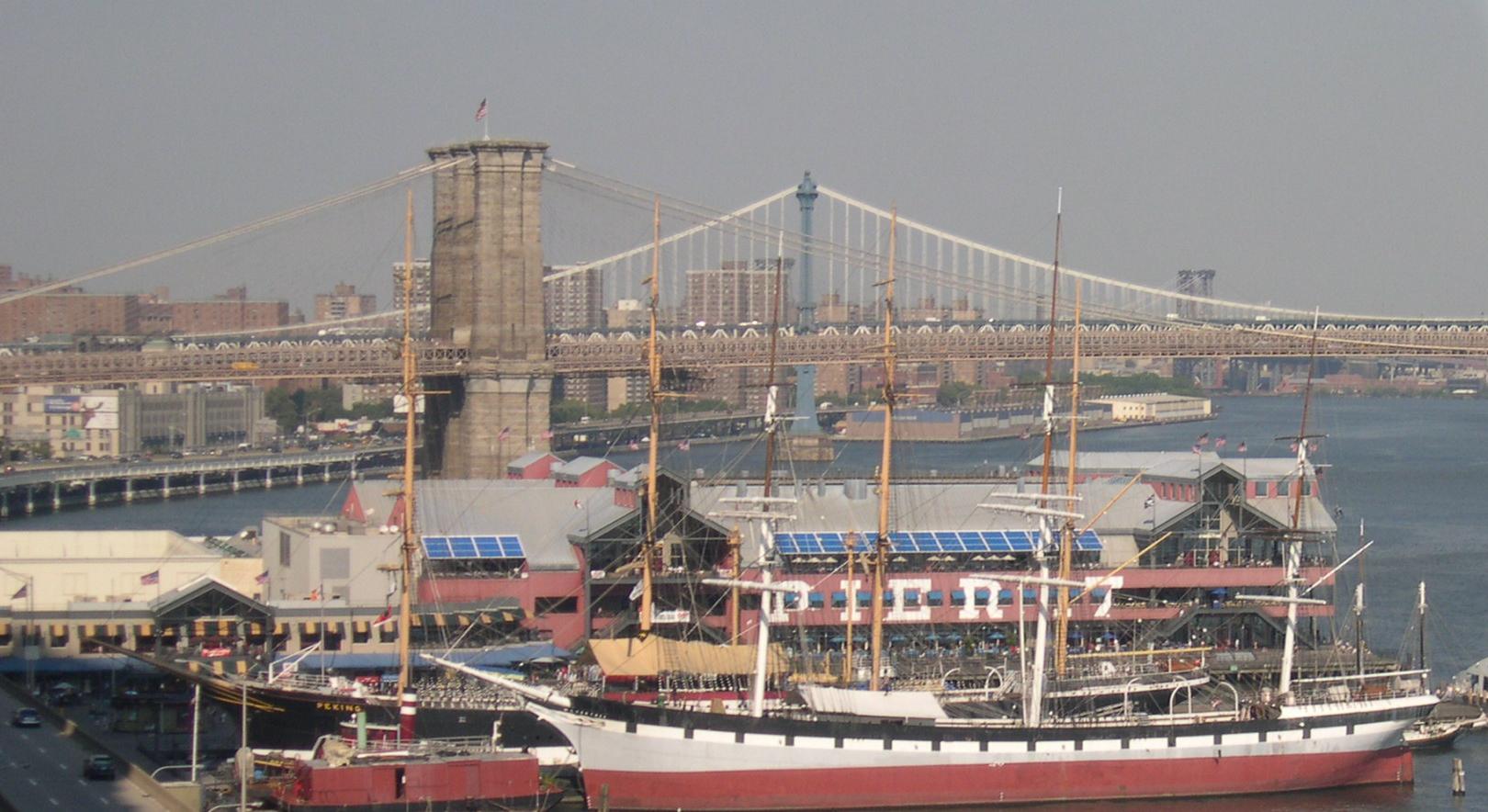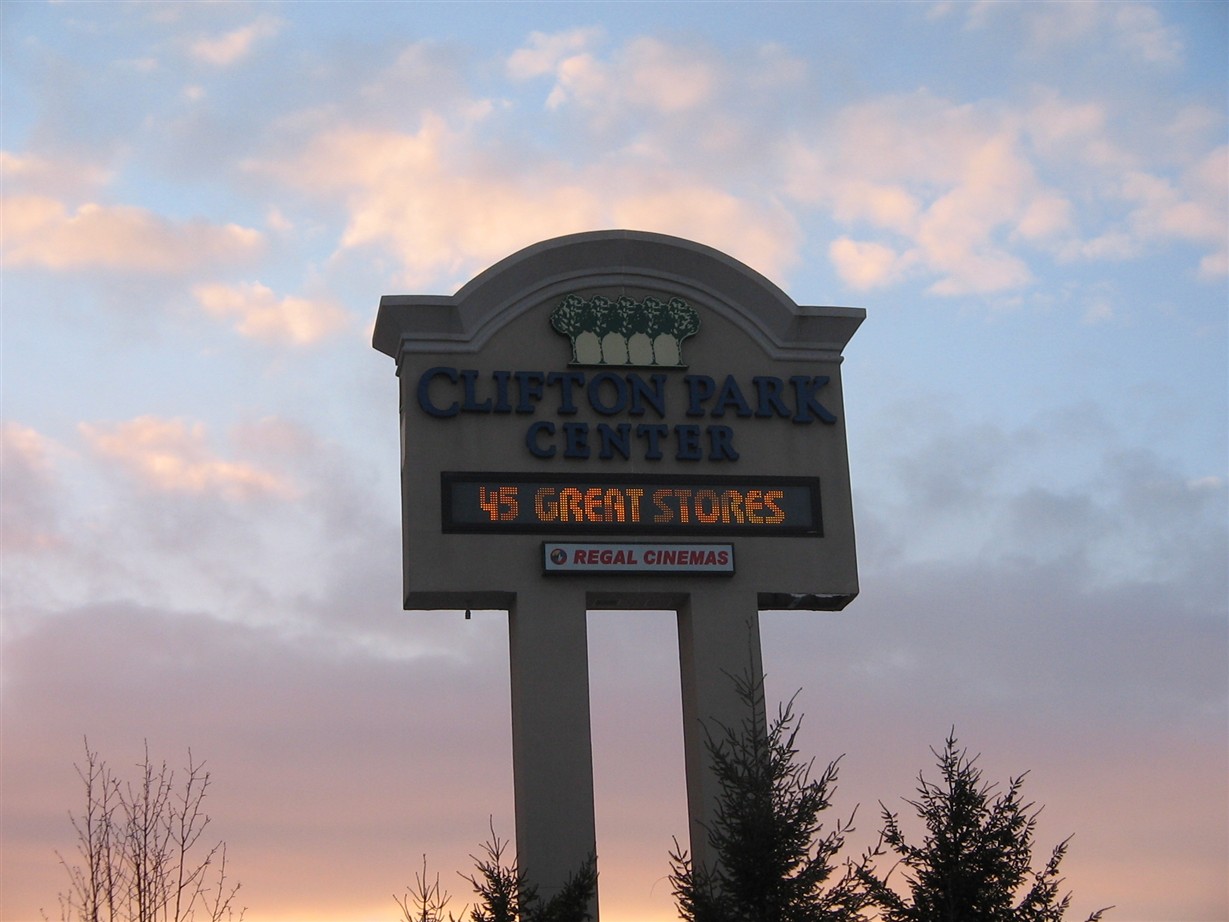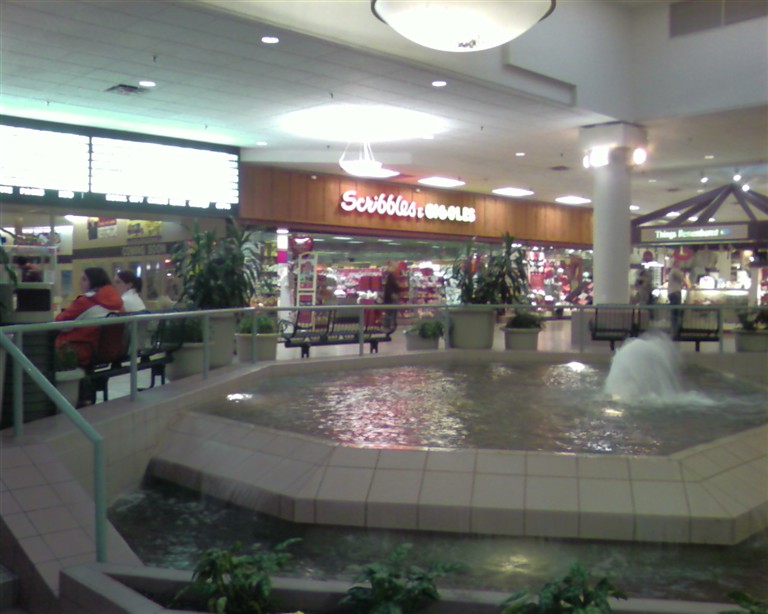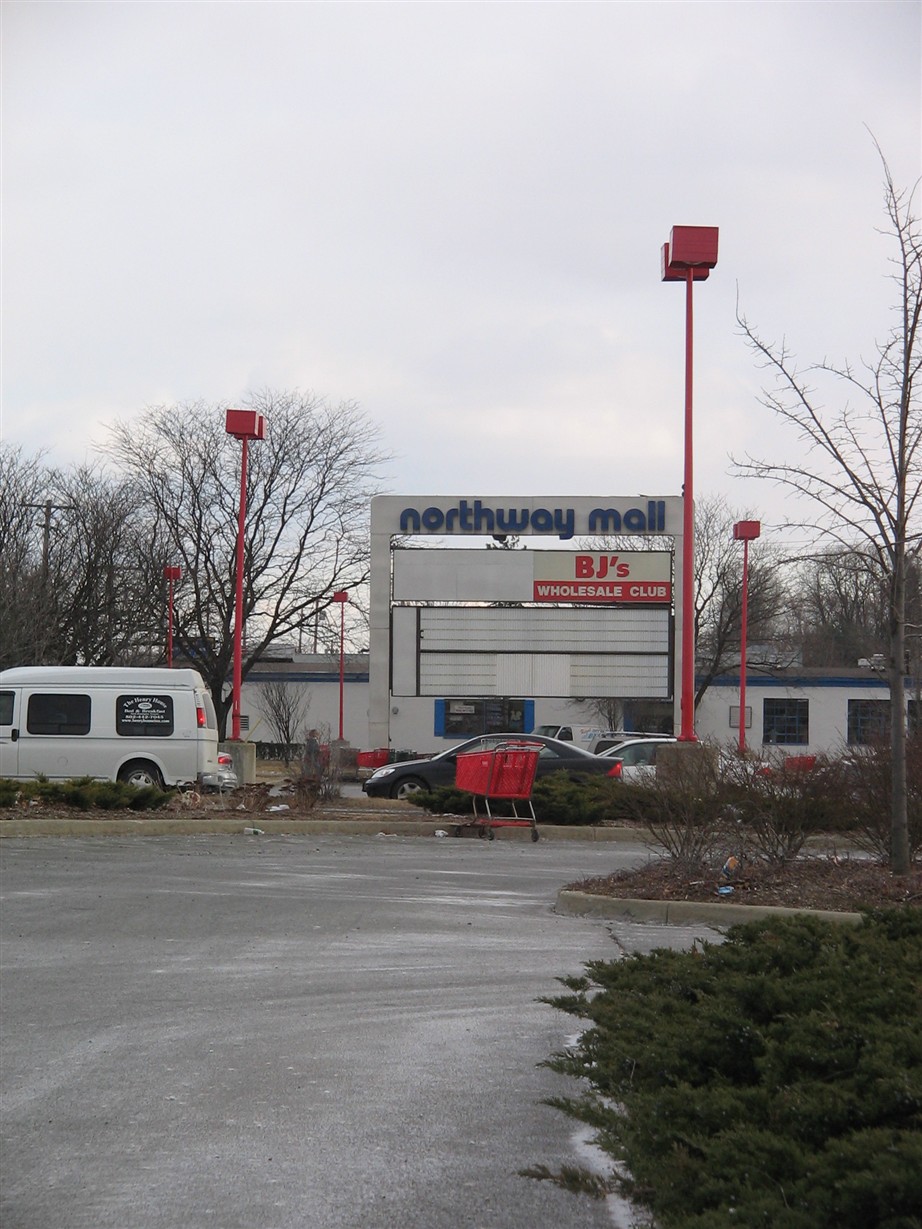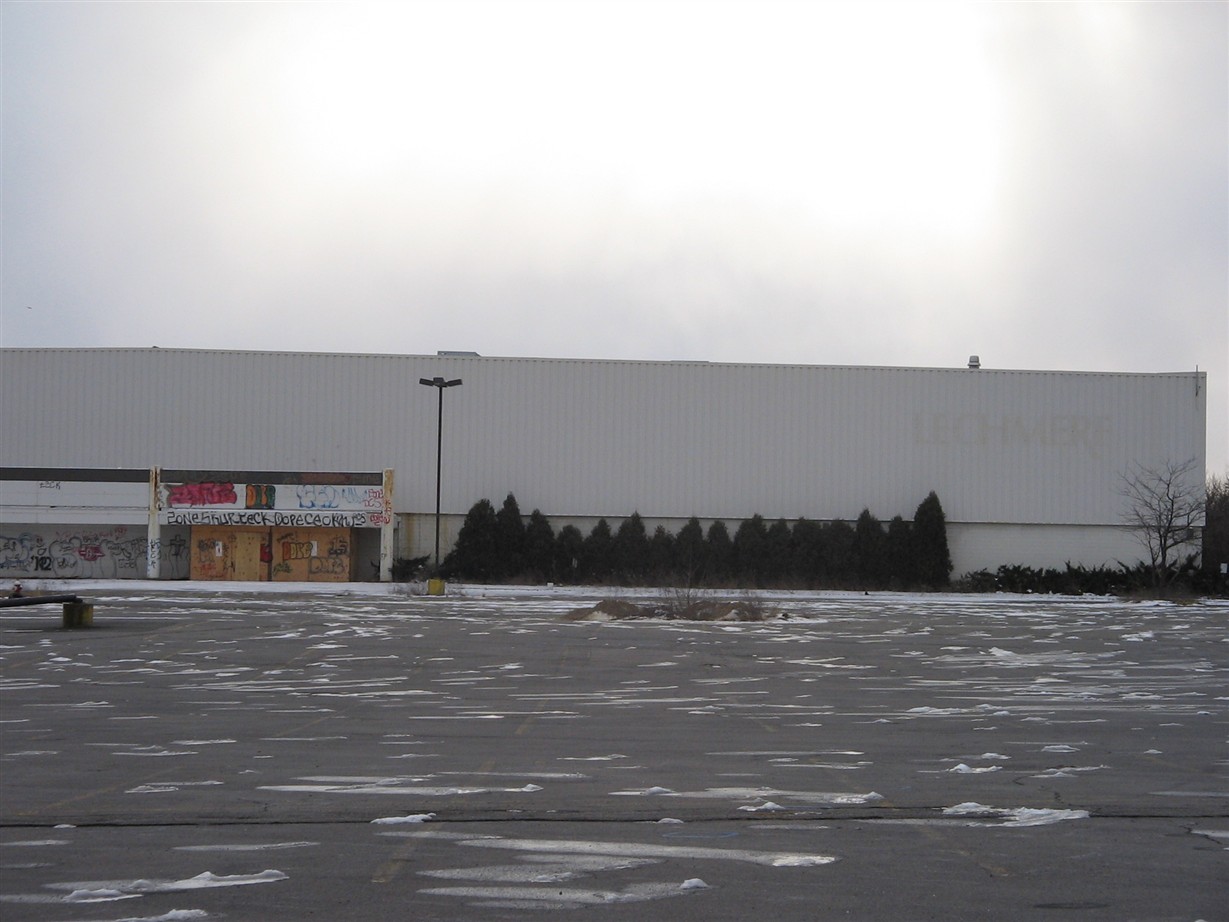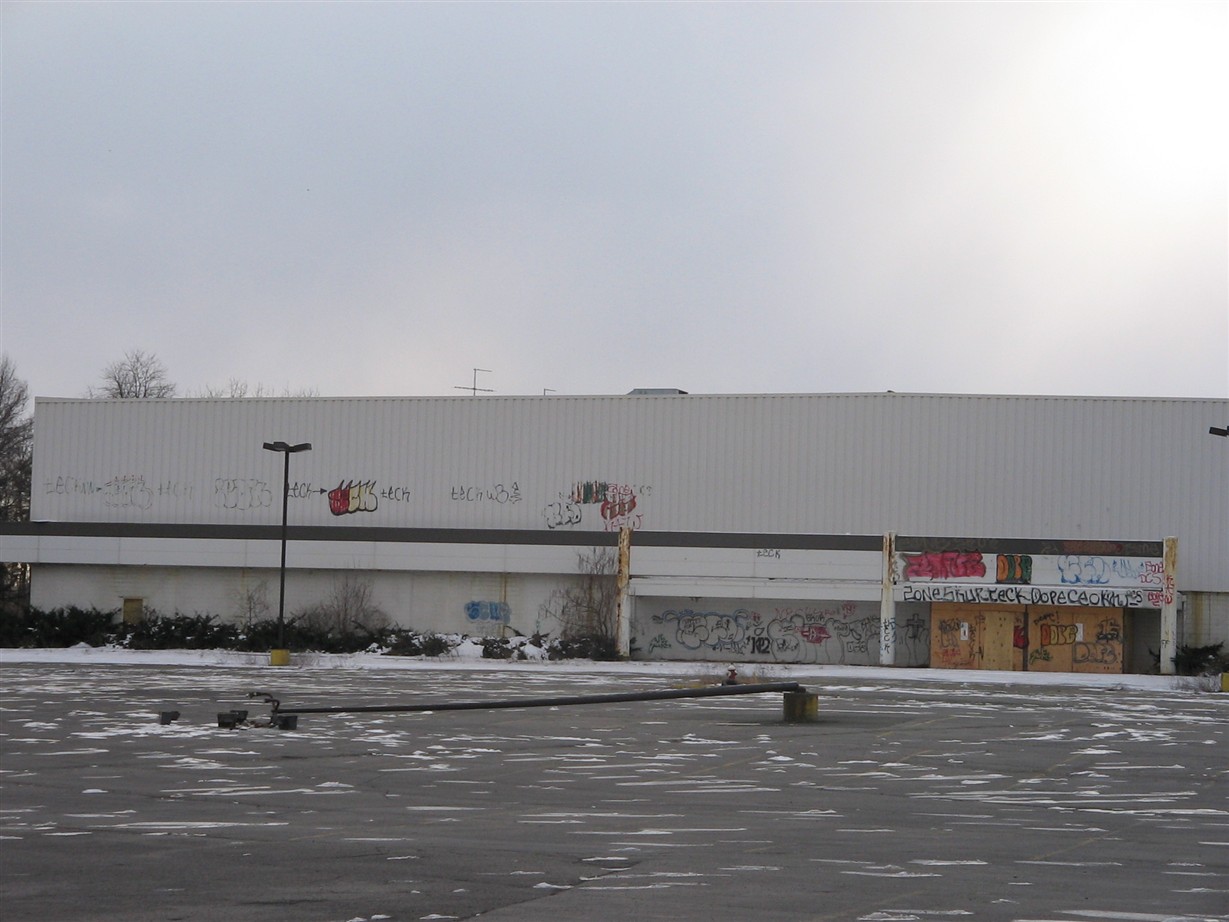Longtime readers of Labelscar (or any other mall/retail history website, frankly) will notice we hold a distinct bias against a lot of the most successful shopping malls. Of course the obvious question is “Why?”–if these malls do well, and we like malls, why don’t we cheer for them as much as the others?
It’s not that we derive any thrill out of the death or decay of a shopping mall, but rather because we feel that the shopping malls of the ’60s, ’70s, and first half of the ’80s exuded a certain cool; rather than today’s centers which are practically-floored to maximize sales per square foot, they were often designed by architects who were trying to make grandly palatial, modern, contemporary gathering spaces. And unfortunately, the only malls left that still look like this tend to be the ones that have been neglected over the past two decades. The rest of them had their personality beaten out of them, usually with the walls painted white, the planters and fountains ripped out, and useless kiosks stuffed into every available space in the main concourse.
Long Island’s Walt Whitman Mall, at Walt Whitman Road and Jericho Turnpike, is no exception. But because it is one of these neat old malls by design, it does retain some vestiges of its past, and is at least somewhat interesting (if only architecturally, at this point), especially for a mall that is very upscale–its four anchor stores today are Bloomingdale’s, Saks Fifth Avenue, Macy’s, and Lord & Taylor.
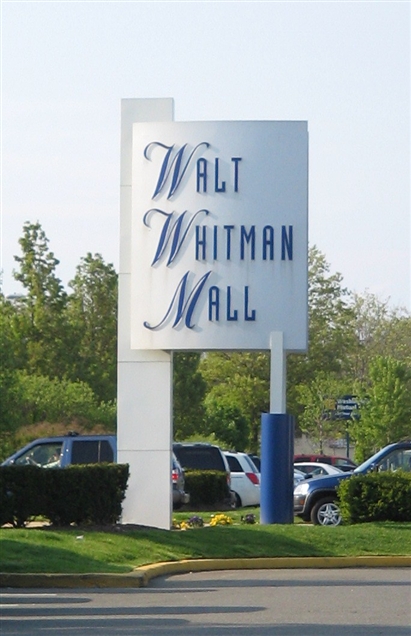 First of all, no discussion of the Walt Whitman Mall would be complete without addressing the center’s amusingly awkward name. Walt Whitman was originally from Huntington, and there’s a historic site at the house he was born located relatively close to the mall. However, the notion of a mall named for Walt Whitman is more than a bit silly. There’s a site that’s dedicated to the sheer ridiculousness of it, and they speak about this at length:
First of all, no discussion of the Walt Whitman Mall would be complete without addressing the center’s amusingly awkward name. Walt Whitman was originally from Huntington, and there’s a historic site at the house he was born located relatively close to the mall. However, the notion of a mall named for Walt Whitman is more than a bit silly. There’s a site that’s dedicated to the sheer ridiculousness of it, and they speak about this at length:
Is there any American writer whose work has less to do with shopping than Walt Whitman? He was an unwashed iconoclast, a rebel who loved to offend polite society, and an in-your-face sensualist homosexual back when nobody had the nerve to come out in public. He was so offensive, even Ralph Waldo Emerson balked at inviting him over for dinner, and it was Ralph Waldo Emerson whose endorsement of Leaves of Grass made Whitman a famous poet.
It’s hard to disagree, honestly, and the silliness only continues. In a somewhat misguided homage, the exterior of the mall contains quotes from Leaves of Grass etched into the stone facade, the stanzas organized in the shape of leaves. Sheesh!
Unfortunately, I don’t know a ton about the history of the Walt Whitman Mall, beyond that the modern-day Macy’s was once an Abraham & Straus store and that there used to be a McCrory’s here. The mall opened in 1962 as the first fully-enclosed shopping mall on Long Island, although at least three of Long Island’s malls (Roosevelt Field Mall, Green Acres Mall, and Broadway Mall) are actually older because they began life as outdoor shopping centers. What makes it sort of cool–apart from today’s upscale anchor roster–is the swooping ceiling lines, which change height at random and create several airy, spacious courts, especially in front of the Macy’s or Bloomingdale’s stores. These things are easy to miss, but a mall connoisseur can notice the unmistakeable bones of an old mall. For a comparison to see this place’s former glory, check out our friends at MallsofAmerica, who have a great shot of the court in front of the old A&S (modern-day Macy’s) and another shot in front of the old Macy’s (possibly the current Bloomingdale’s?), both of which are unmistakeably the same place, even if it is a bit duller now.
A year ago, there were some rumors that owner Simon was interested in adding a second-level expansion to the 1,034,747-square-foot mall, increasing its square footage by 200,000 square feet and adding a food court, although there are no signs presently that this will be moving forward.
